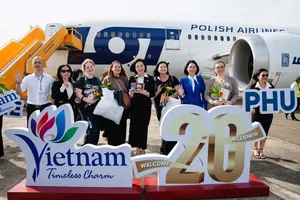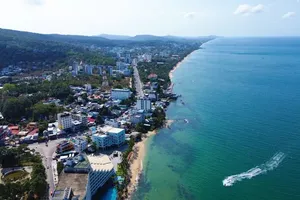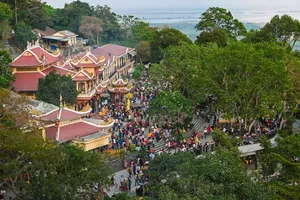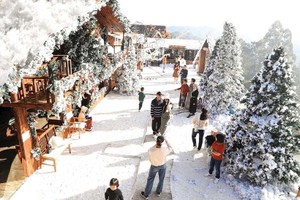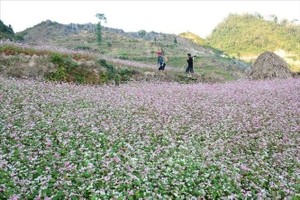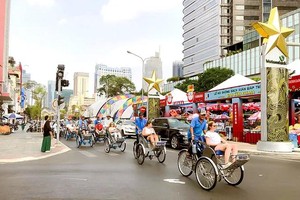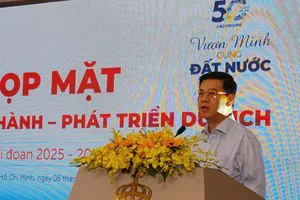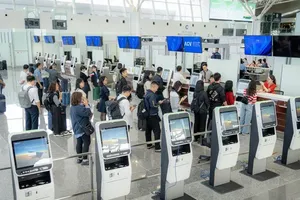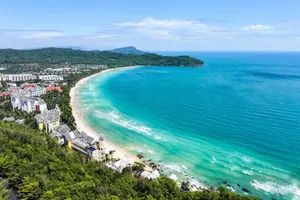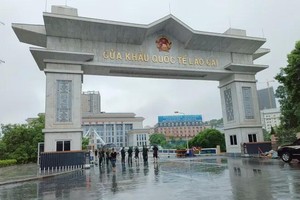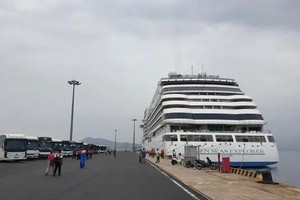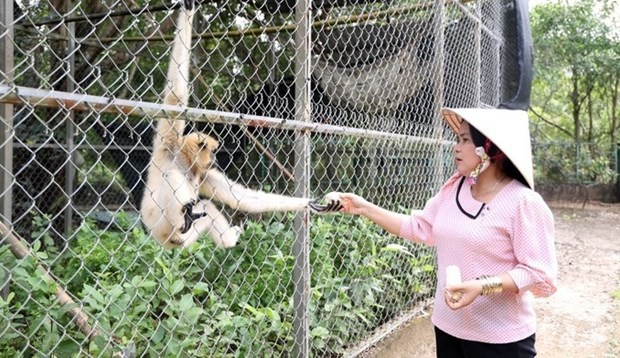
Founded in 2002, the park covers over 8,500ha of land, including about 8,000ha of special-use forest. It is one of two important peatland areas in Vietnam recognized as an ASEAN Heritage Park and 2,228th Ramsar site of the world and the eighth of its kind in Vietnam. Thus, it holds huge ecotourism development potential.
U Minh Thuong offers habitat for 72 rare animals and plants that are named in the 2007 Vietnam Red Data Book and the International Union for Conservation of Nature (IUCN) Red List of Threatened Species.
Its fauna comprises 32 species of 10 families and seven genuses, 54 reptile and amphibian species, including eight in Vietnam’s Red Data Book like reticulated python (Malayopython reticulatus), krait (Bungarus caeruleus) and cobra, and 34 fish species.
Tuan said that over the past years, great efforts have been exerted in the preservation of the biodiversity of the cajeput forest ecosystem as well as the cultural and historical values.
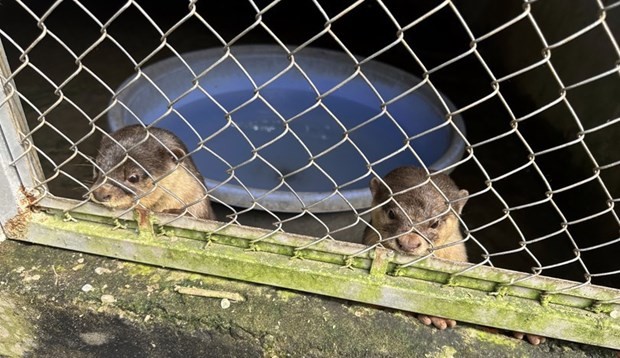
The park has also conducted research, dissemination and education activities on conservation and exploitation of the potential for ecotourism development, contributing to stabilising the lives of local residents, he said. However, he noted that the number of tourists to the park decreased after the Covid-19 pandemic.
Last year, it welcomed nearly 30,000 visitors, equivalent to 63 percent of the yearly plan, earning VND3 billion (about US$121,280) in revenue.
Tuan attributed the lower number of tourists poor infrastructure and a lack of capital dedicated to ecotourism. Revenue from tourism is still low, so reinvestment is not commensurate with available potential, he added.
As one of the tourist destinations in the Mekong Delta, the park hosted nearly 50,000 visitors per year before 2021.
In the coming time, it will continue to tap its potential in landscape, environment, diverse natural resources, forest ecosystems, culture, and historical relic sites to develop ecotourism, he said.



